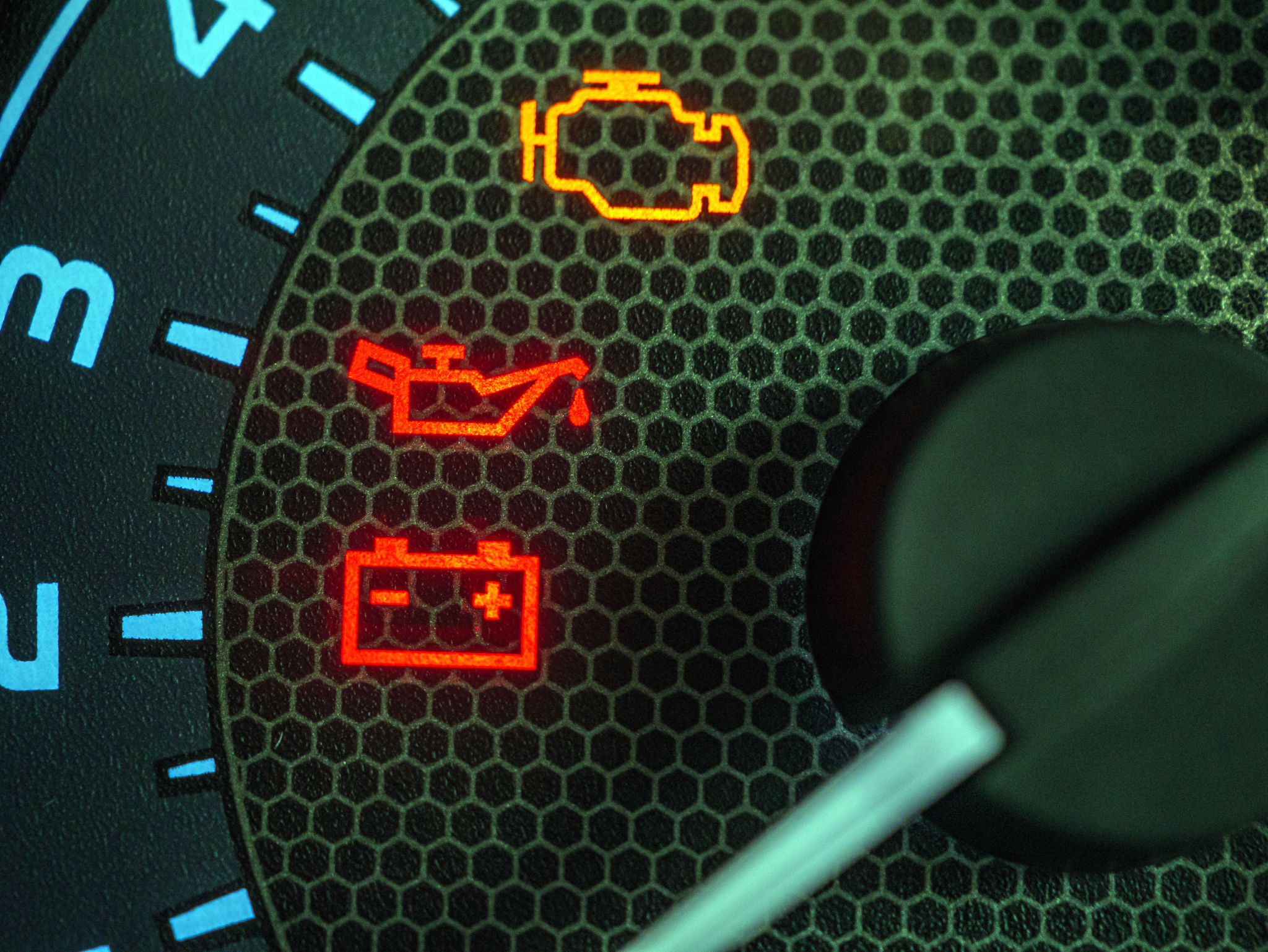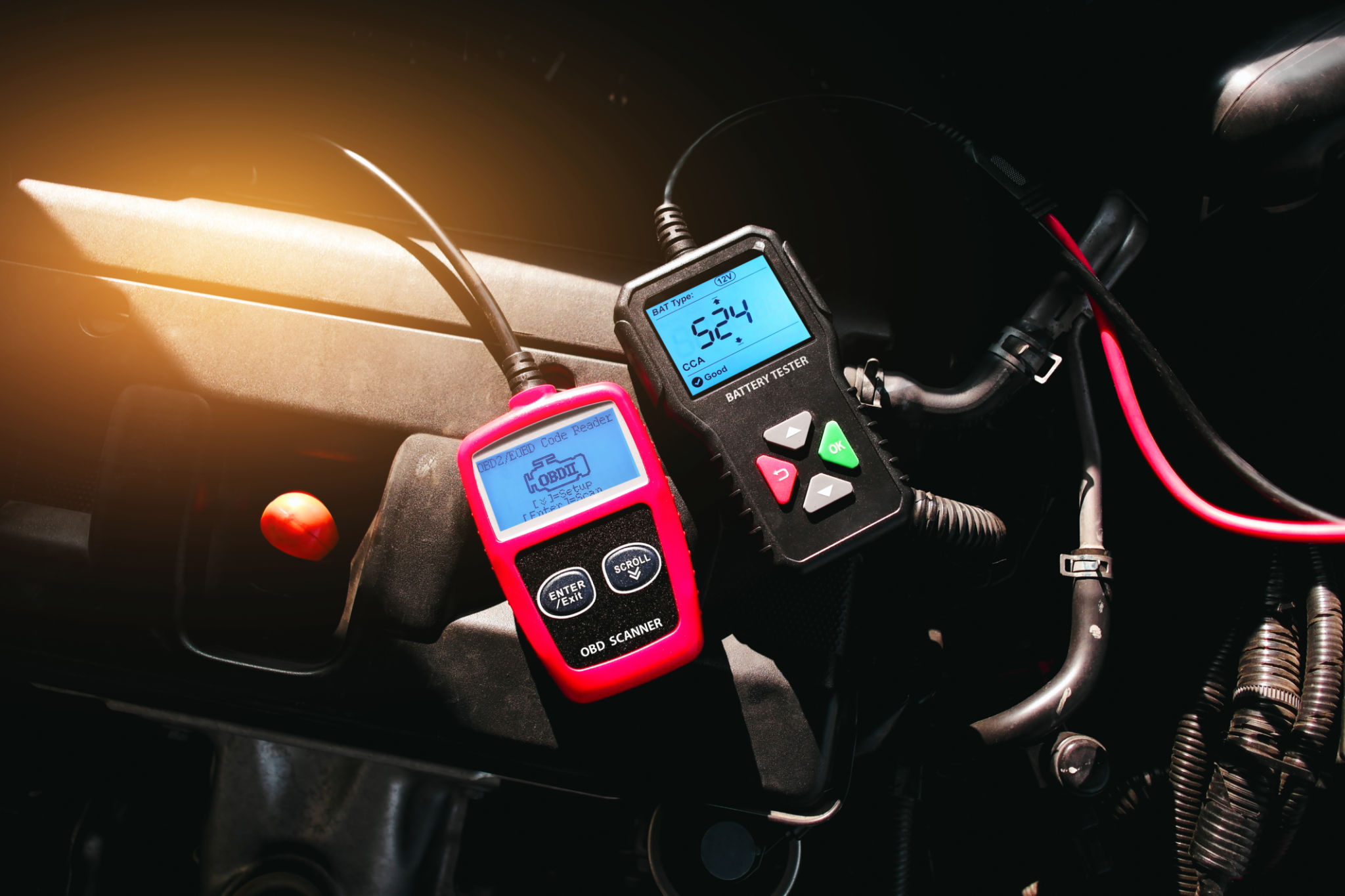DIY Tips for Resetting Your Dashboard Warning Lights Safely
Understanding Dashboard Warning Lights
Dashboard warning lights are an essential part of your vehicle's alert system, designed to inform you about various issues that may need attention. These lights can indicate anything from minor alerts to significant problems that require immediate action. Understanding what each light means is crucial to maintaining your vehicle's health and ensuring your safety on the road.
Common warning lights include the check engine light, oil pressure warning, and brake system alert. While some lights may seem innocuous, ignoring them can lead to bigger issues over time. It’s important to address these alerts promptly and know how to reset them if necessary.

Preparation Before Resetting Warning Lights
Before attempting to reset any warning lights, it's vital to ensure that the underlying issue has been resolved. Simply resetting the light without addressing the root cause can lead to further damage. For instance, if your check engine light is on, have a professional diagnose the problem before proceeding with a reset.
Once you've confirmed that the issue has been fixed, gather the necessary tools for the reset process. Most vehicles will only require a key or a diagnostic tool. Refer to your vehicle's manual for specific instructions related to your car model.
Safety Precautions
When working with your vehicle's electrical system, safety is paramount. Make sure the car is parked on a flat surface and the ignition is turned off before starting any work. Disconnecting the battery may be required, so wear protective gloves and eyewear to prevent any accidents.

Steps to Reset Dashboard Warning Lights
Resetting dashboard warning lights can often be done by following a few simple steps:
- Turn Off the Ignition: Ensure your vehicle is completely off before beginning any reset procedure.
- Disconnect the Battery: For many cars, disconnecting the negative battery cable for about 15 minutes can reset the system. This method works for several warning lights but may not be suitable for all vehicles.
- Use an OBD-II Scanner: For a more precise approach, use an OBD-II scanner. Plug it into the diagnostic port and follow the instructions provided with the tool to reset specific lights.
If you're using an OBD-II scanner, make sure it's compatible with your vehicle's make and model. These devices provide a detailed code readout, helping you identify any ongoing issues that may still need attention.

When to Seek Professional Help
While DIY methods can be effective for resetting dashboard lights, there are times when professional assistance is necessary. If a warning light reappears shortly after resetting it, or if you're unsure about the procedure, consult a certified mechanic. Persistent warning lights can signal serious troubles that require expert intervention.
Regular maintenance checks and professional diagnostics can help prevent recurring issues and ensure your vehicle remains in top condition. Don’t hesitate to seek help when needed, as it could save you from costly repairs down the road.
Conclusion
Resetting dashboard warning lights can be a straightforward task if done correctly and safely. By understanding what each light represents and ensuring all problems are resolved beforehand, you can keep your vehicle running smoothly. Remember to prioritize safety and consult professionals when in doubt, protecting both yourself and your car from potential harm.
Stay informed and proactive about your vehicle's maintenance needs, and enjoy a safer driving experience with confidence. Your car will thank you!
